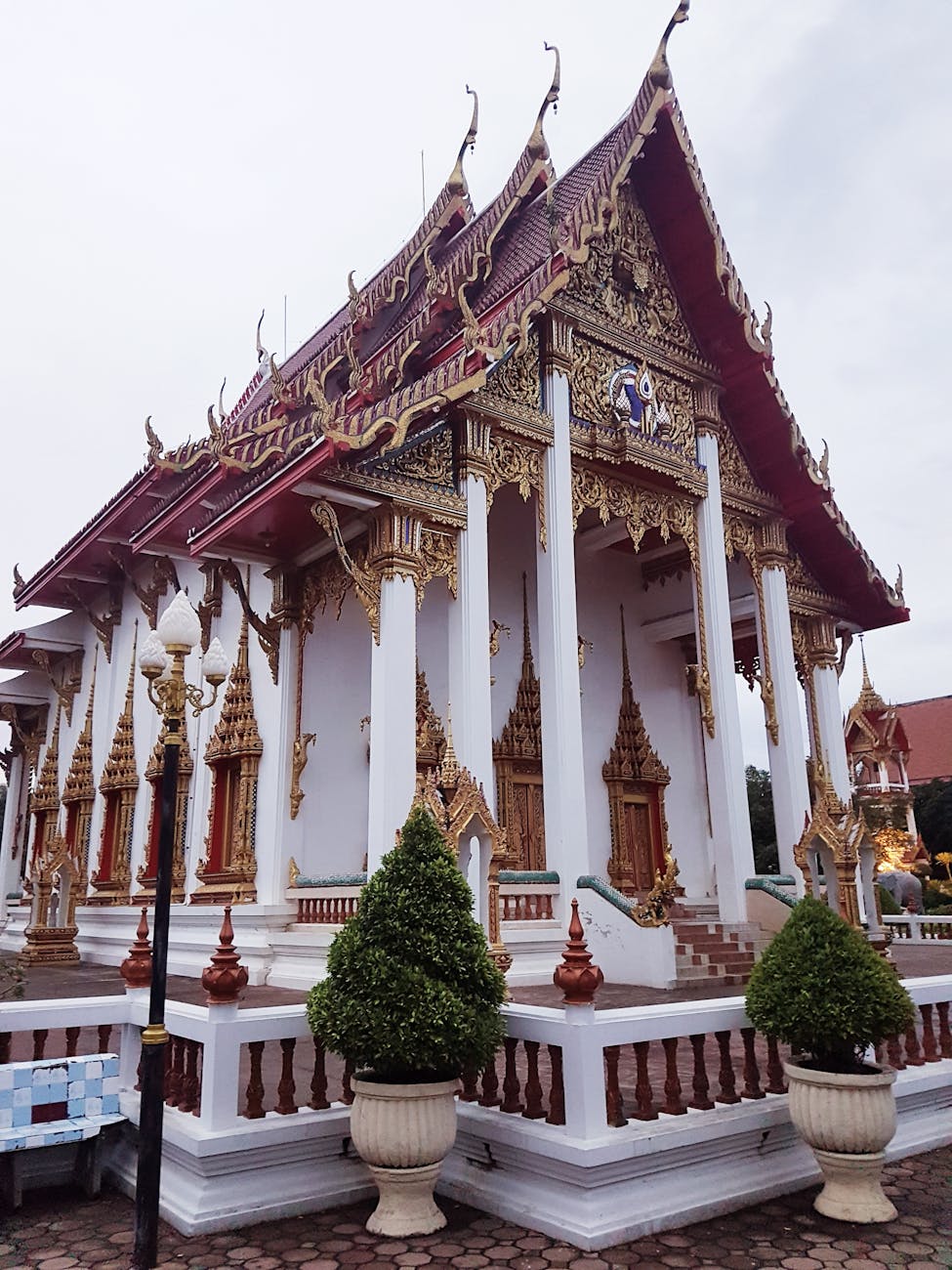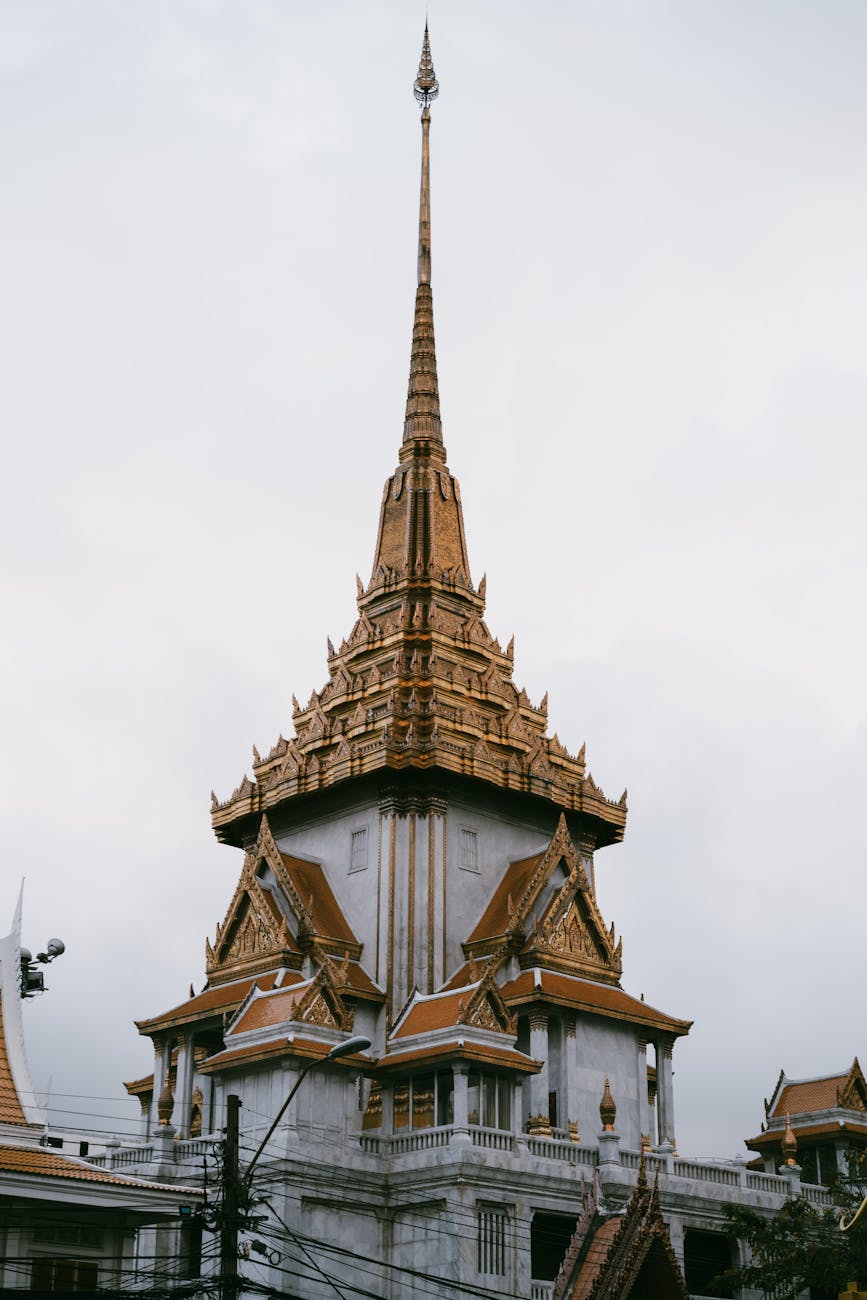Thailand is a gem in Southeast Asia, famed for its stunning landscapes and rich heritage. Amidst the allure of turquoise beaches and bustling markets, lies another dimension of Thailand that beckons attention—its intricate folk art. This hidden cultural treasure not only represents the artistic spirit of the people but also serves as a window into the country’s diverse history and values. Exploring Thai folk art reveals a depth of tradition and creativity that is integral to understanding Thailand’s unique identity. Is Thai Folk Art the Secret to Thailand’s Hidden Culture? Let’s delve into this colorful world and see how it shapes the essence of this beautiful nation.
This blog post unpacks the many facets of Thai folk art, exploring its historical context, relevance in contemporary culture, and its impact on tourism. The vibrant scenes painted in common folk tales, the meticulous craftsmanship in traditional textiles, and the symbolic meanings embedded in each piece form a narrative blending age-old customs with modern influences. Prepare to embark on a journey that offers not only insight into Thai culture but also highlights the significant role of folk art in keeping traditions alive, encouraging a deeper appreciation for this Southeast Asian paradise.
**Table of Contents**
1. **Understanding Thai Folk Art**
2. **Historical Milestones in Thai Folk Art**
3. **The Elements of Thai Folk Art**
4. **Thai Folk Art and Contemporary Society**
5. **Tourism Influence on Thai Folk Art**
6. **Embracing Thai Folk Art in Daily Life**
7. **A Final Exploration of Thai Culture**
8. **Frequently Asked Questions**
**Understanding Thai Folk Art**
Thai folk art is so much more than mere visual pleasure; it embodies the stories and beliefs of the Thai people. Each piece—whether it is a painting, sculpture, or handmade craft—carries an intention, reflecting everyday life and the spiritual world that intertwines with it. This art form often depicts myths, folklore, and values that hold significance in Thai society, allowing both locals and visitors to connect deeply with its messages. In exploring Thai folk art, one discovers an emotion-laden narrative that transcends time, offering insights into the hopes and dreams of its creators while inviting the beholder into a dialogue with the culture itself.
Moreover, the beauty of Thai folk art lies in its accessibility. Bright colors, intricate patterns, and relatable themes resonate with everyone, making it an ideal entry point for understanding the more profound aspects of Thailand’s cultural landscape. By engaging with these artistic expressions, one gains an appreciation not only for the skill involved but also for the vibrant community and traditions that have nurtured such artistic endeavors over the generations.
**Historical Milestones in Thai Folk Art**
The journey of Thai folk art is deeply rooted in the country’s history, shaped by various periods and influences. Initially, the art form emerged in rural communities, where cultural expressions were passed down orally through storytelling and visual depictions. As agriculture and trade developed, local artisans began to create objects that reflected the changing times, using materials that were readily available. Over the centuries, each era contributed new elements, such as the influence of Hindu and Buddhist themes, which became intertwined with local folklore.
As modernization swept through Thailand, folk art faced the challenge of remaining relevant in the face of globalization. Yet, instead of fading away, it adapted; modern artists began incorporating traditional motifs into contemporary contexts, reviving interest and inviting new audiences into the fold. Thus, the evolution of Thai folk art is a testament to resilience and creativity—an ongoing dialogue between the past and the present that enriches Thailand’s cultural heritage.
**The Elements of Thai Folk Art**
Each element of Thai folk art is imbued with symbolism and meaning. For instance, the use of natural materials such as bamboo, silk, and clay reflects the close relationship between the people and their environment. The motifs featured in art pieces often carry specific meanings; for example, lotus flowers signify purity and enlightenment, while elephants represent strength and determination. This rich tapestry of symbolism infuses each piece with a layered storytelling aspect, weaving together themes from nature, religion, and daily life.
Furthermore, craftsmanship plays a pivotal role in folk art. Artisans often engage in a painstaking process that requires skill passed down through generations, whether through textile weaving, wood carving, or pottery. The attention to detail and the unique techniques each artisan employs serve as a canvas for personal expression, making every artwork not just a representation of cultural practice but a distinct creation reflecting individual creativity.
**Thai Folk Art and Contemporary Society**
In today’s fast-paced, tech-driven world, the role of Thai folk art has evolved while still maintaining its roots. Artists are embracing social media and online platforms to showcase their work, bridging the gap between tradition and modernity. Popular platforms allow art enthusiasts from around the globe to appreciate and purchase folk art, fostering a resurgence of interest and appreciation for these traditional forms.
Moreover, collaborative projects involving artists, collectors, and communities have created opportunities for cross-cultural exchanges and dialogues. These initiatives celebrate not only the beauty of individual artworks but also the stories behind them, facilitating connections that transcend geographical boundaries. The result is a revitalization of Thai folk art that keeps its relevance alive for both locals and tourists, showcasing the importance of cultural preservation in a rapidly changing world.
**Tourism Influence on Thai Folk Art**
Tourism has had a profound impact on the proliferation and appreciation of Thai folk art. As visitors flock to explore the country’s stunning landscapes and rich heritage, they inevitably come into contact with the vibrant expressions of local culture. Artisans often find inspiration from the diverse narratives shared by travelers, leading to new interpretations and enhancements of traditional styles. This relationship between tourism and folk art creates a dynamic platform for cultural exchange.
Eclectic markets and art festivals dedicated to folk art provide ample opportunities for travelers to engage with artisans directly, learn about their techniques, and even participate in workshops. This not only promotes a deeper understanding of the art form but also supports local economies, ensuring that traditional crafts continue to thrive. By cherishing and purchasing genuine works of art, tourists contribute to preserving the very culture they came to explore, creating a win-win situation for both communities and visitors alike.
**Embracing Thai Folk Art in Daily Life**
Integrating Thai folk art into daily life is an enriching experience that invites culture into the mundane. Whether through decorative items in the home, traditional textiles worn as clothing, or artwork adorning the walls, these elements can transform spaces and enhance personal expression. Many contemporary Thais proudly showcase their heritage through modern adaptations of folk art, blending traditional designs with modern aesthetics.
Additionally, learning about and supporting local artisans can cultivate a greater appreciation for the cultural significance behind each piece. By participating in local art events, visiting galleries, or even learning a craft, individuals can directly connect with Thailand’s vibrant traditions. Embracing folk art can serve as a reminder of the beauty that lies in preserving culture, making each interaction significantly more profound and enjoyable.
**A Final Exploration of Thai Culture**
In summation, Thai folk art acts as a vibrant vessel channeling the heart and spirit of Thailand’s hidden culture. It embodies the stories, values, and history that shape the Thai identity, offering a unique lens through which to experience this enchanting country. Engaging with the art form leads not only to a deeper understanding of Thailand’s past but also invites conversations about its future. By celebrating folk art, we preserve the cultural narratives that continue to inspire and connect generations, ensuring its legacy flourishes for years to come.
**Frequently Asked Questions**
*What is Thai folk art?*
Thai folk art encompasses various art forms created by local artisans, highlighting everyday life, folklore, and spiritual themes intertwined with the Thai identity.
*How can I support Thai folk art?*
Supporting Thai folk art can be done by purchasing authentic pieces from local artisans, visiting art festivals, or participating in workshops that promote traditional crafts.
*Are there specific techniques unique to Thai folk art?*
Yes, traditional techniques such as batik, handwoven textiles, and wood carving are deeply rooted in Thai culture and showcase unique craftsmanship.
*Why is folk art important to Thai culture?*
Folk art serves as a bridge between the past and present, allowing communities to preserve their cultural narratives while adapting to contemporary influences.
*Where can I see Thai folk art in Thailand?*
Many local markets, museums, and art festivals across Thailand exhibit folk art, providing opportunities for both locals and tourists to engage with this rich cultural expression.
Image Credit: Pexels





